Chia vs chai? Chia and chai are words that sound remarkably similar but represent entirely different worlds. Despite superficial name similarities, chia and chai are quite distinct ingredients. Both have risen in popularity recently but have varied histories, properties, and applications. Their different flavors, culinary uses, and nutritional profiles set them apart despite phonetic confusion. Given the increasing interest, it is worth examining the key distinguishing attributes of chai versus chia to avoid mixing the very different ingredients. In this blog post, we'll explore the differences between chai and chia and compare their differences.
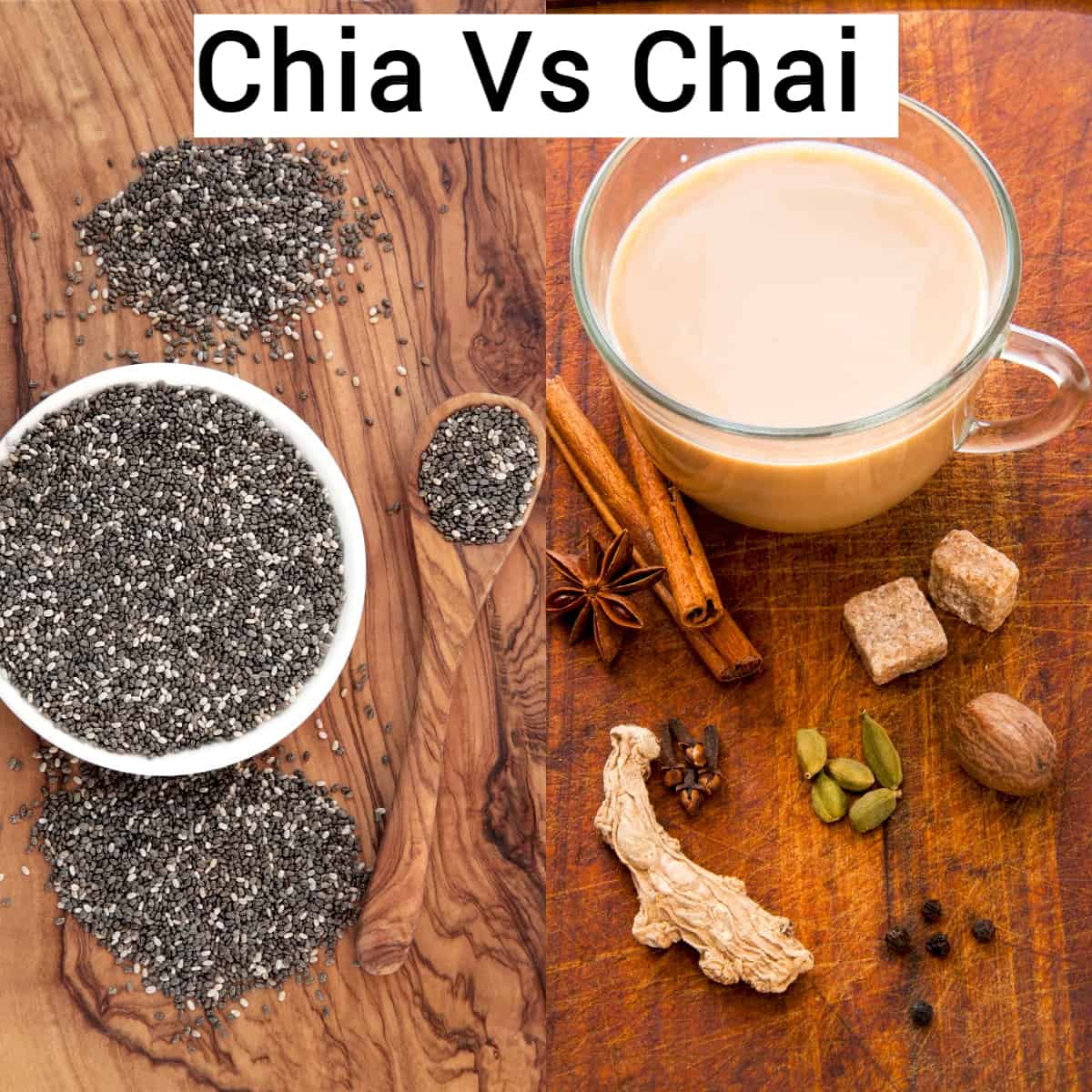
Jump To
Chai vs Chia: overview
Chia and chai have likely attracted many confused consumers over time due to their sounding-alike names. Chia is the tiny ancient Aztec seed. It is a trendy nutritional supplement. Though both are popular worldwide nowadays, their roots could not be more distinct. Chai, on the other hand, refers to a warming tea beverage induced with spices. It originated from India.
History and origins
Chia was a staple food crop for the indigenous Aztec and Maya civilizations as far back as 900 A.D. because of its dense nutritional profile – it was sometimes even used as a form of currency in those ancient times. It then mostly disappeared for hundreds of years before regaining notice in more modern times due in part to the novelty of Chia Pets products and renewed interest in their nutritional properties.
In contrast, Chai has origins dating back thousands of years in India. Commonly known by its Hindi word, ‘masala chai,’ its mix of spices like cinnamon and cardamom along with black pepper, ginger, fennel seeds, and cloves was brewed with tea. The warming and complexly-flavored drink served both ritual purposes as well as health benefits.

Appearance and texture
Chia is made up of tiny, oval-shaped white, grey, and black seeds that barely exceed 1-2mm in size. These tiny seeds take on a gel-like texture when hydrated with liquid that is strikingly different than the sweet spices floating within a cup of chai.
Chai, on the other hand, presents as a warm, spice-laden tea beverage. It features a blend of cinnamon sticks and cardamom pods as well as cloves and other warming chai spices steeping within sweetened black tea. It takes on the reddish-brown hues from these ingredients.
Flavor profile
The difference in what our senses taste and detect is also remarkably varied between chai and chia. Chia delivers a much milder, nutty taste once soaked in hot water or other liquid of choice like almond milk, coconut milk, cashew milk, etc., as the outer little seed coat softens. Some describe notes of sesame, hazelnut, or almonds. Its subtle essence allows chia seeds (salvia columbariae) to blend seamlessly into sweet or savory recipes rather than dominating the dish like chai’s mix of warm spices. While both provide bold flavors, chai’s is vastly more complex than chia’s mildness.
Chai tea bags, on the other hand, offer rich, layered chai flavor with a perfect balance of spices like cinnamon’s warmth, ginger’s bite, and cloves’ aromatic pungency when mixed. In addition to the pleasant aroma of this Indian tea, the almost savory profile offers the best results when paired with non-dairy milk or other milk of choice. It also goes well with a snack.
Ingredients
Chia seeds stand alone as the sole whole food ingredient packed in protein, fiber, omega-3 fatty acids, and more.
On the other hand, Chai contains black tea leaves and an array of warming spices, while chia is solely comprised of tiny black or white seed indigenous to subtropical regions of Mexico and South America. There is no overlap in their key components. Indian masala chai gets comforting spices from cinnamon, ginger, peppercorns, and more. It also often includes mint, as it is a member of the mint family.
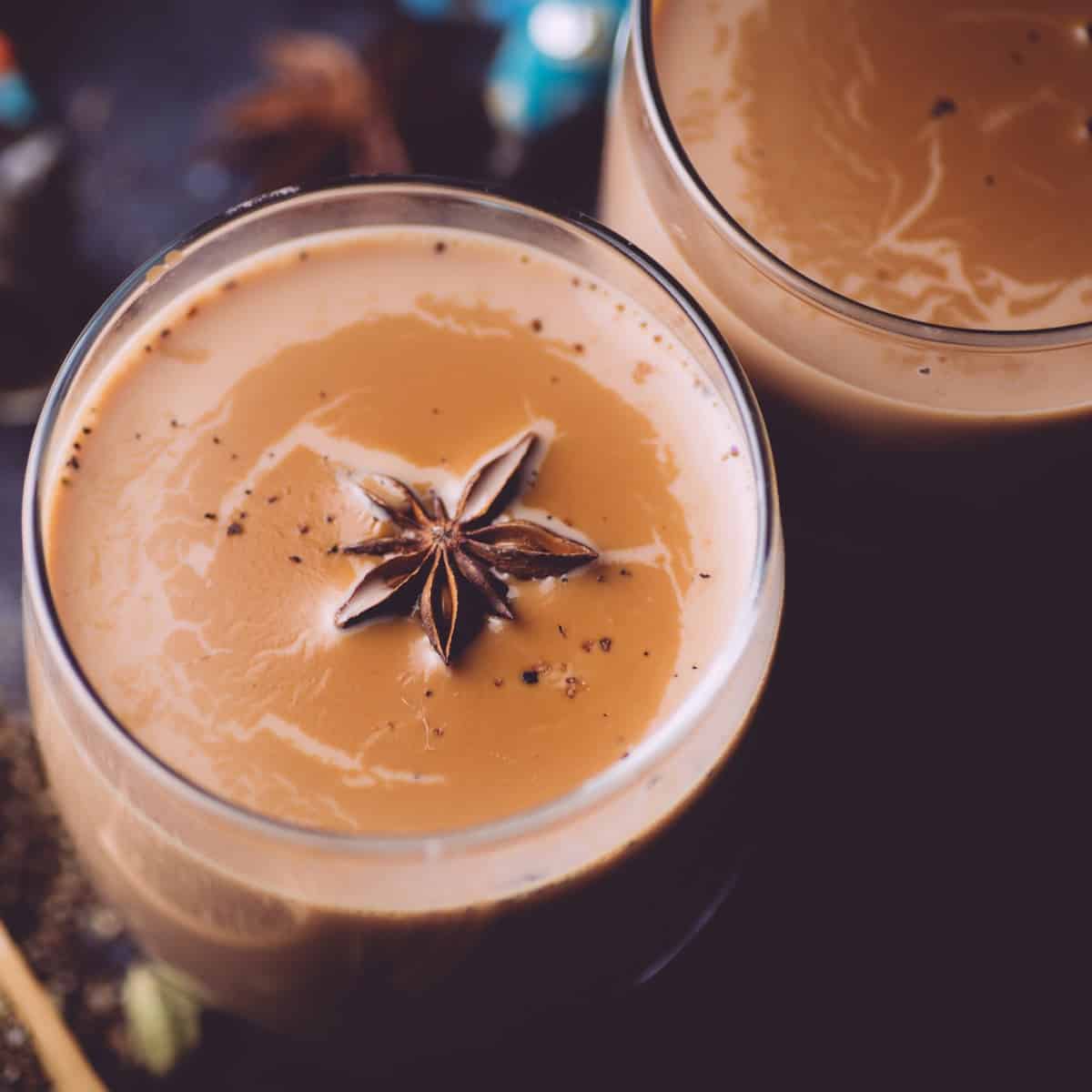
Variations
The versatility of chai and chia variations further sets them apart. While Chia is a great addition to both warm dishes like porridge, it is often paired with maple syrup, or cold preparations as the seed plumps when hydrated. It is a suitable addition to puddings, breads, smoothies, or yogurt topping.
On the other hand, Chai lends itself to experimentation with unique spice blends and preparations like masala tea or Thai tea. It remains a warm beverage popular in the form of a chai tea bag. That said, its diverse spices have inspired some hybrid culinary creations, too, e.g., chai chia pudding.
Nutrition and health benefits
Lastly, chai and chia are nutritionally different, though both provide certain health benefits. Chai depends on its blend of spices like cinnamon and ginger, which offer antioxidant and anti-inflammatory properties. However, the low carb tea also contains caffeine from the blend of black tea.
Chia, on the other hand, is a nutritional powerhouse that makes delicious breakfast additions. Whether consumed as seeds or in beverages, it stands out as a near-complete protein and an excellent source of omega-3s, healthy fats, fiber, essential fatty acids, and minerals like magnesium and phosphorus. Early research also links chia seed intake to modest weight loss. Overall, unlike typical coffee shop options, both chai and chia offer great ways to achieve optimum well-being, but the benefits of chia are more evident due to their link to brain, gut, and heart health gains.
Common recipes are made with chia and chai
Chia: One of the most common and popular recipes made with chia seeds is Chia Seed Pudding. It's a nutritious and versatile dish that can be enjoyed for breakfast, as a snack, or even as a healthy dessert. It is primarily made with chia seeds, milk, and a sweetener of your choice to taste. Basically, you mix and stir them. You can enjoy it chilled! Chia Seed Pudding is highly customizable, so feel free to experiment with different milk options, sweeteners, and flavorings to suit your taste preferences.
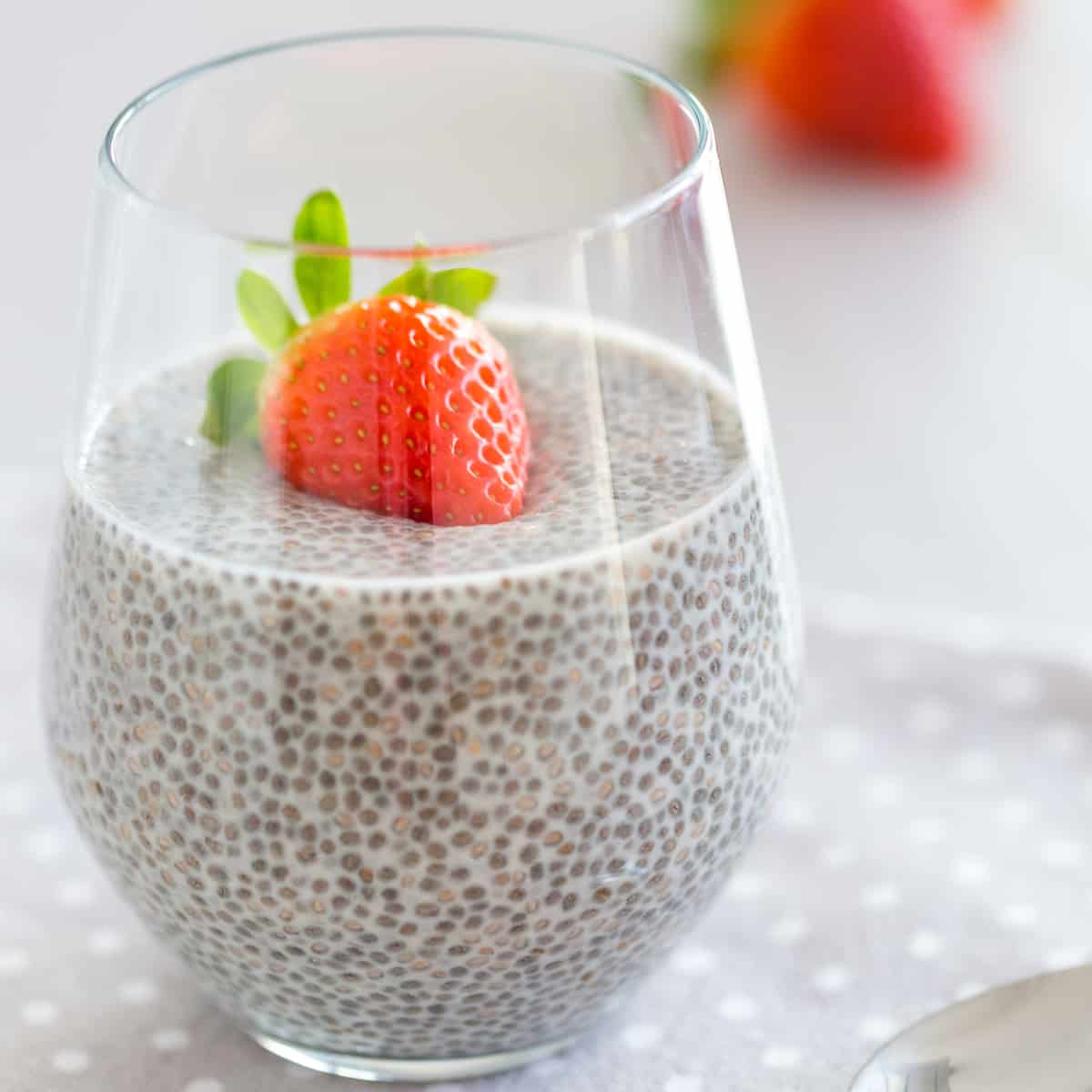
Chai: One of the most common recipes made with chai is Chai Tea Latte. It's a creamy and flavorful drink that combines brewed chai tea with steamed milk and is often sweetened with honey or sugar. For a basic recipe to make Chai Tea Latte at home, you will need chai tea bag, one cup of water, half cup of milk and sweetener of your choice. You simply brew Chai Tea, heat the milk, and mix it with sweeteners. You can even use a milk frother or whisk to create foam on the latte; it is optional.

Chai Tea Latte is a comforting and aromatic beverage perfect for cozying up on chilly days or a relaxing afternoon treat. Adjust the sweetness and spice levels according to your preference to make the perfect cup every time!
Chia vs Chai: the verdict
Overall, while the names of chia and chai may get confused, they truly could not be more dissimilar as ingredients, culinary uses, and superfoods. Chia asserts itself as an Aztec miracle seed packed with comprehensive nutrition. Meanwhile, Chai reigns as a warming drink brimming with flavor from its complex blend of spices. Both have merit, but appreciating their pronounced differences is key to making the most of these trending drinks and different foods.
Chia vs chai? In the end, both chia and chai deserve recognition for their respective properties rather than being confused as the same. Whether you're savoring a steaming cup of Indian masala chai or whipping up a creamy chia pudding, both chai and chia offer unique pleasures for your taste. So, the next time you encounter these two words, you'll know precisely which culinary adventure awaits you.



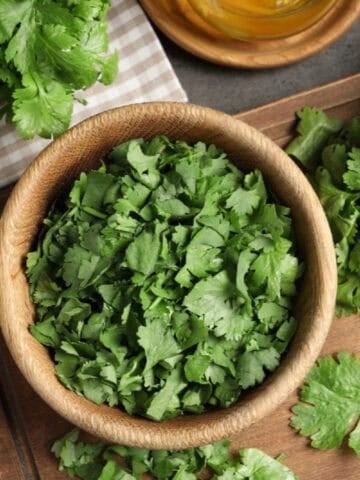
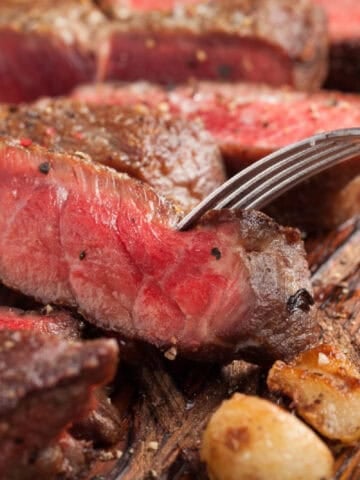

Leave a Reply